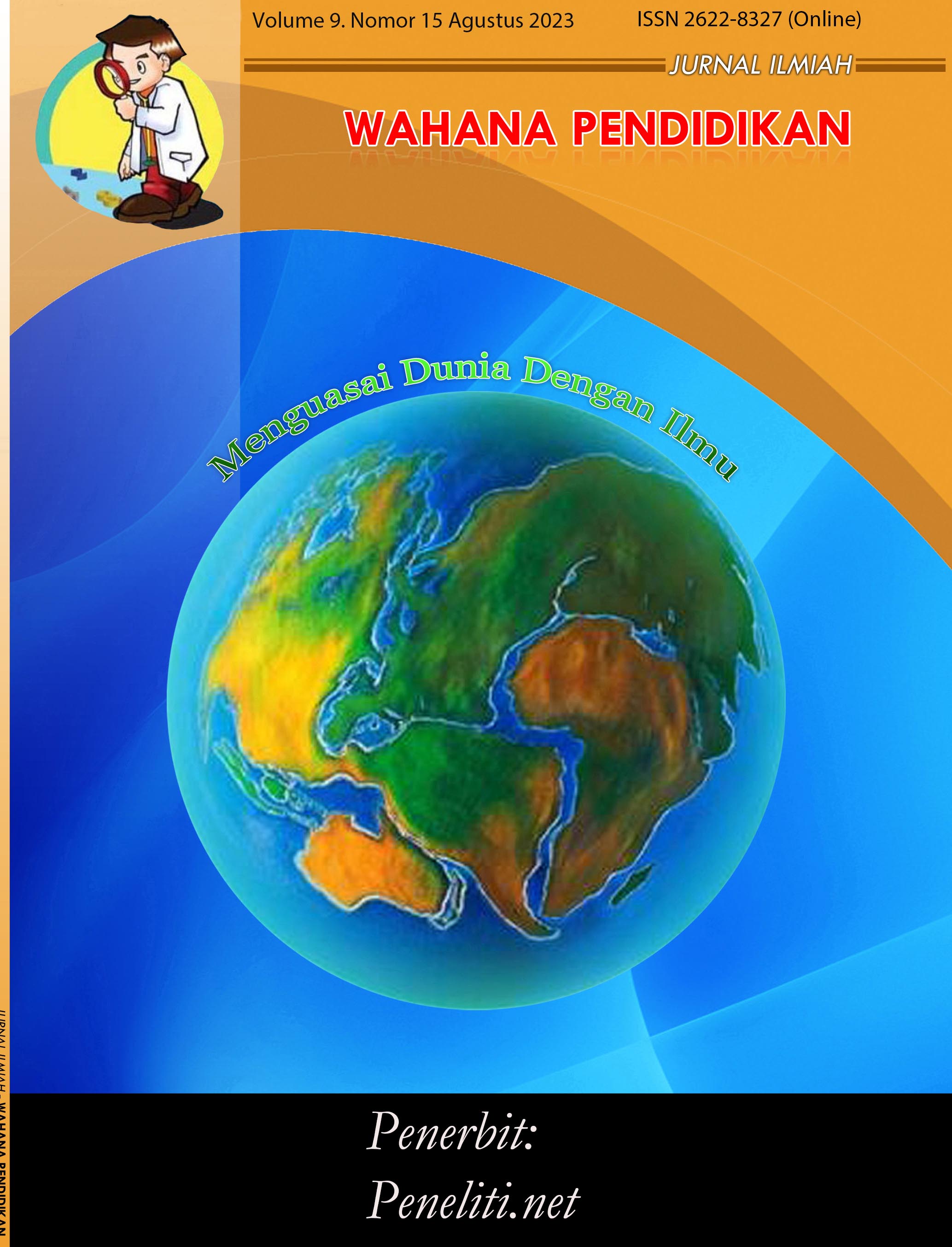Analisis Faktor Faktor Yang Mempengaruhi Investasi Asing Langsung Di 5 Negara Asean Data Panel 2010-2021
Abstract
Foreign Investment is one of the most important things to improve the country's economy. One of them is a country in Southeast Asia that is part of ASEAN. ASEAN countries have an increasing number of foreign investment every year.
This study aims to determine the factors that influence foreign investment in 5 ASEAN countries, namely the Philippines, Indonesia, Malaysia, Singapore and Thailand. They are the countries forming the ASEAN organization that are expected to know the purpose of this research.
This analysis uses the panel data analysis method because it uses combined data, namely cross sections and time series for 5 countries from 2010-2021. Using domestic product variables, inflation rates, and interest rates. The results show that there is an effect of gross domestic product and interest rates on foreign direct investment, but the inflation variable has no effect on foreign direct investment.
References
Alshamsi, K. H., Hussin, M. R. Bin, & Azam, M. (2015). The impact of inflation and GDP per capita on foreign direct investment: The case of United Arab Emirates. Investment Management and Financial Innovations, 12(3), 132–141.
Anwar, C. J. (2016). Faktor-Faktor Yang Mempengaruhi Foreign Direct Investment (Fdi) Di Kawasan Asia Tenggara. Media Trend, 11(2), 175. https://doi.org/10.21107/mediatrend.v11i2.1621
Astuty, F. (2017). ANALISIS INVESTASI ASING LANGSUNG DAN FAKTOR-FAKTOR YANG MEMPENGARUHINYADI INDONESIA. 2017, 1–23.
Budiyanti, E. (2014). Pengaruh Kebijakan Moneter terhadap Kinerja Sektor Industri Manufaktur di Indonesia (The Effect of Monetary Policy on Manufacturing Industry Sector Performance in Indonesia). Jurnal Ekonomi & Kebijakan Publik, 5(2), 145–159. http://www.fiskal.depkeu.go.id/2010/edef-
ÇEviŞ, İs., & ÇAmurdan, B. (2008). The Economic Determinants of Foreign Direct Investment in Developing Countries and Transition Economies. The Pakistan Development Review, 47(3), 285–299. https://doi.org/10.30541/v47i3pp.285-299
Kadiša, T., Butkus, M., & Aleksandravičienė, A. (2021). Effect of Foreign Direct Investment on Growth-Unemployment Nexus. Socialiniai Tyrimai, 44(2), 139–152. https://doi.org/10.15388/soctyr.44.2.9
Keynes, J. M. (1936). The General Theory of Employment, Interest and Money. Harcourt Brace.
Kinyanjui, S. (2014). The Impact of Terrorism on Foreign Direct Investment in Kenya. International Journal of Business Administration, 5(3), 597–611. https://doi.org/10.5430/ijba.v5n3p148
Lumadya, A. (2016). UKURAN PASAR UKURAN PASAR (Market Size) DAN INVESTASI ASING LANGSUNG DI ASEAN. Jae (Jurnal Akuntansi Dan Ekonomi), 1(1), 26. https://doi.org/10.29407/jae.v1i1.430
Norton Fausto Garfield. (2011). Harrod-Domar Model. Anim Publisher.
Permana, S. H., & Rivani, E. (2013). Pengaruh Produk Domestik Bruto, Inflasi, Infrastruktur, dan Risiko Politik Terhadap Investasi Langsung Asing di Indonesia (The Impact of Gross Domestic Product, Inflation, Infrastructure, and the Political Risk on Foreign Direct Investment in Indonesia). Jurnal Ekonomi & Kebijakan Publik, 4(1), 75–87.
Putri, C. T., & Wilantari, R. N. (2016). Determinan Aliran Foreign Direct Investment Di Indonesia (Pendekatan Model Dunning). Media Trend, 11(2), 141. https://doi.org/10.21107/mediatrend.v11i2.1541
Saidi, S., Mani, V., Mefteh, H., Shahbaz, M., & Akhtar, P. (2020). Dynamic linkages between transport, logistics, foreign direct Investment, and economic growth: Empirical evidence from developing countries. Transportation Research Part A: Policy and Practice, 141(September), 277–293. https://doi.org/10.1016/j.tra.2020.09.020
Widarjono, A. (2013). Ekonometrika: Pengantar dan aplikasinya. Ekonosia, Jakarta.
Winata, A. S. (2018). Perlindungan Investor Asing Dalam Kegiatan Penanaman Modal Asing Dan Implikasinya Terhadap Negara. Ajudikasi : Jurnal Ilmu Hukum, 2(2), 127. https://doi.org/10.30656/ajudikasi.v2i2.902




